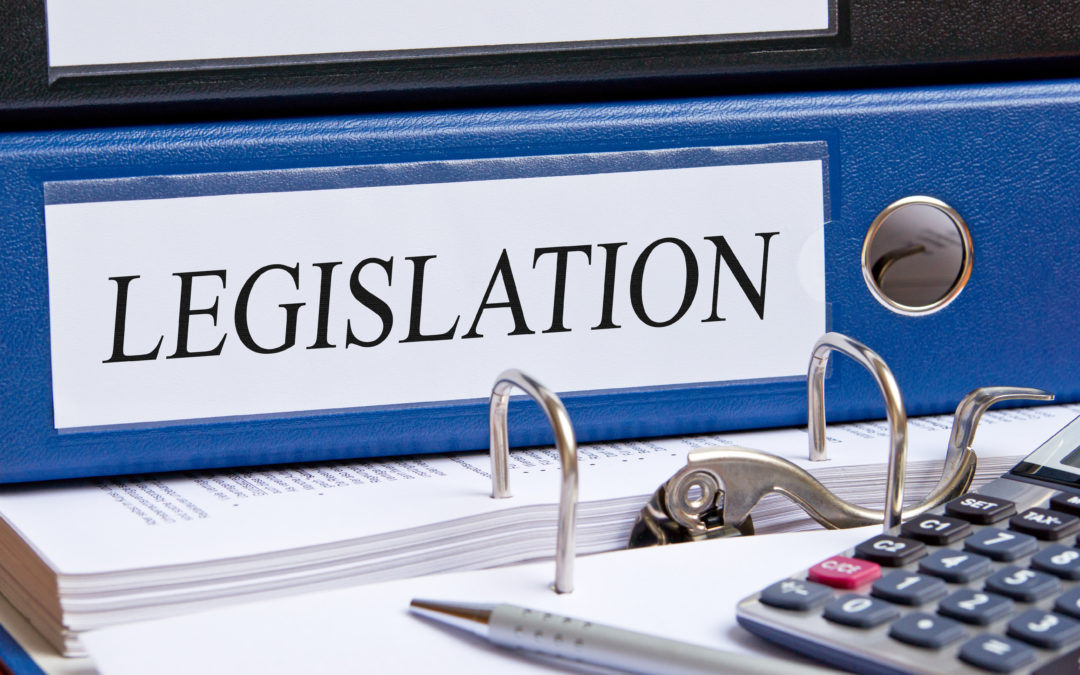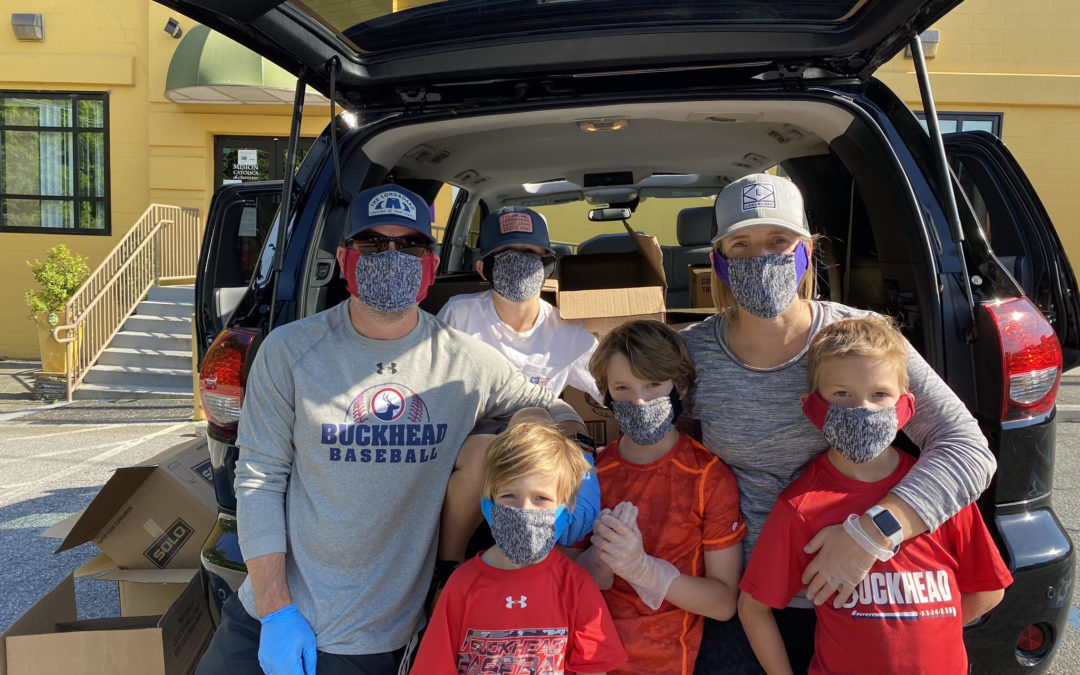Don’t be fooled by Georgia’s unemployment rate. While many are breathing a sigh of relief that barely one in ten Georgian’s are out of work, the reality is much worse.
Georgia’s unemployment rate (U-3) dropped to 9.7% last month—according to official numbers from the U.S. Bureau of Labor Statistics released today.
This number is adjusted for seasonal fluctuations, if that still makes sense given the current conditions. Otherwise, Georgia’s rate would be 9.5%, relatively close due to the time of the year. The Bureau of Labor Statistics regularly makes adjustments to smooth out the data from the impact of seasonal employment, such as temporary employment during the Christmas season, teenagers working as summer camp counselors, or landscaping jobs dependent on the growing season. The smoothing out of data is intended to help economists detect trends more easily.
The sense of relief comes from more dismal expectations that the unemployment rate itself could have been much worse—especially considering the unprecedented havoc on the economy from COVID-19—and from the encouraging news that Georgia is among the 38 states where the rates are coming down.
Georgia’s unemployment rate is among the lowest of the states. The nation’s rate was 13.3% (adjusted). Three states—Nevada, Michigan, and Hawaii—had seasonally adjusted rates of 25.3%, 22.6%, and 21.2%, respectively.
However, one in ten workers unemployed is still very high. There were 475,338 unemployed Georgians last month (seasonally adjusted). That number was 161,147 in February. The state went from a historic low unemployment rate of 3.1% (adjusted) to a record high of 12.6% (adjusted) in just two months.

The Loose Link
The situation is actually worse than what the unemployment numbers show. First, there is a loose relationship between employment and the labor force. The Bureau counts only those who are employed or actively looking for work as part of the labor force.
When the economy does well and jobs are more plentiful, the labor force grows in size because more people decide to enter or reenter the labor force. However, when the economy grows sluggish and jobs become harder to find, the opposite happens: the labor force shrinks.
The labor force participation rate demonstrates this well-known phenomenon. The chart below illustrates this relationship in Georgia. By definition, the labor force participation rate shows the percentage of workers in the labor force to the potential population of those who could be in the labor force, defined as all individuals age 16 and older who are not institutionalized, such as in prison, and—as the Bureau of Labor Statistics defines it—not in the military.

Of course, there are other factors at work. The aging population is pushing down the participation rate. An issue of great concern is the increasing proportion of individuals in their prime working age who have dropped out of the labor force altogether. This has been a topic of study from across the political spectrum, and recessions seem to only aggravate the trend.
The size of the recent labor force loss is astounding. A record number of 262,577 Georgians dropped out of the labor force in April. This is the seasonally adjusted number. The unadjusted number is 286,733.
The labor force bounced back just 0.1% in May, but still the net effect is that 256,208 individuals dropped out since February.
What this all means is that 570,399 Georgians either lost employment or dropped out of the labor force since February. If you add back in the 161,147 who were unemployed in February, there are at least 731,546 workers either unemployed or who dropped out, and 751,116 workers if we use unadjusted numbers.

However, we are still missing one part of the analysis. Prior to February, the labor force was growing and grew at a rate of 1.6% from the prior year (unadjusted). This implies that the labor force number should have grown over the last three months, perhaps to 5,208,019 in May (adjusted). This would make the combined unemployment/labor force problem closer to 15.0% (adjusted), or 14.8% (unadjusted).
It Gets Even Worse
The official unemployment rate does not capture everyone, including those who are working part-time but want to work full-time. For this, we must turn to the alternative measurement of labor underutilization known as U-6, the U.S. Bureau of Labor Statistics’ broadest metric. The national number jumped from 7.4% in February to 22.4% in April, and back down to 20.7% in May.
Unfortunately, the Bureau does not publish U-6 on a monthly basis for the states. For statistical reliability reasons, they only provide annual rolling averages each quarter year.
Most recently, Georgia’s annual rolling average U-6, ending the first quarter of 2020, was 6.7% compared to the national rolling average of 7.2%. This implies that Georgia’s U-6 is probably around 19.3%. Combining this number with those who dropped out of the labor force yields an impact well above 20%, probably around 25%, or one-in-four Georgians adversely affected, instead of just one in ten.

Note on Sources: All data came from the U.S. Bureau of Labor Statistics, except for the identification of the recessions that came from the Business Cycle Dating Committee of the National Bureau of Economic Research.
Erik Randolph is Director of Research at the Georgia Center for Opportunity. This article reflects his calculations, analysis and opinion and does not necessarily reflect that of the Georgia Center for Opportunity.










